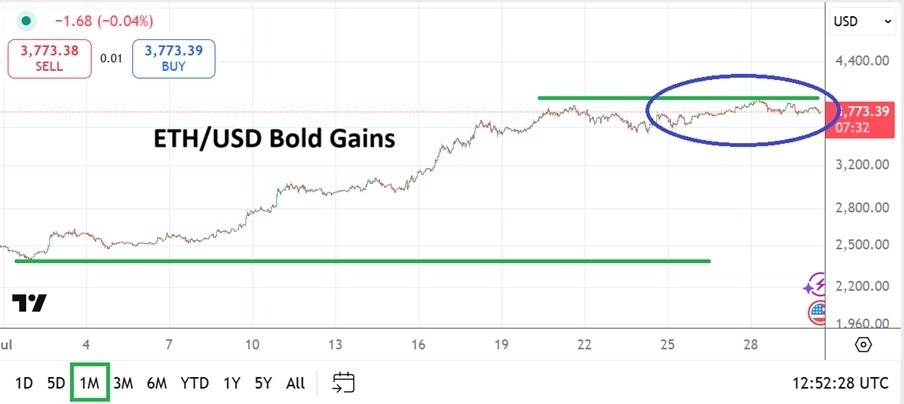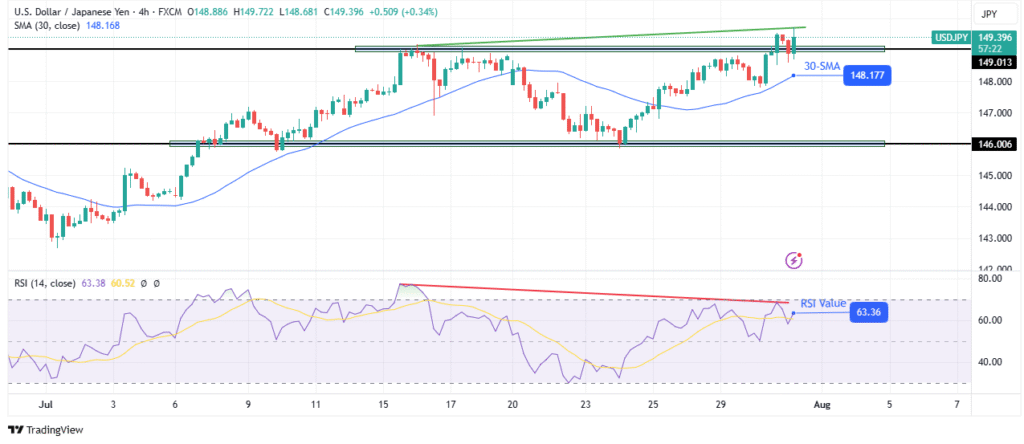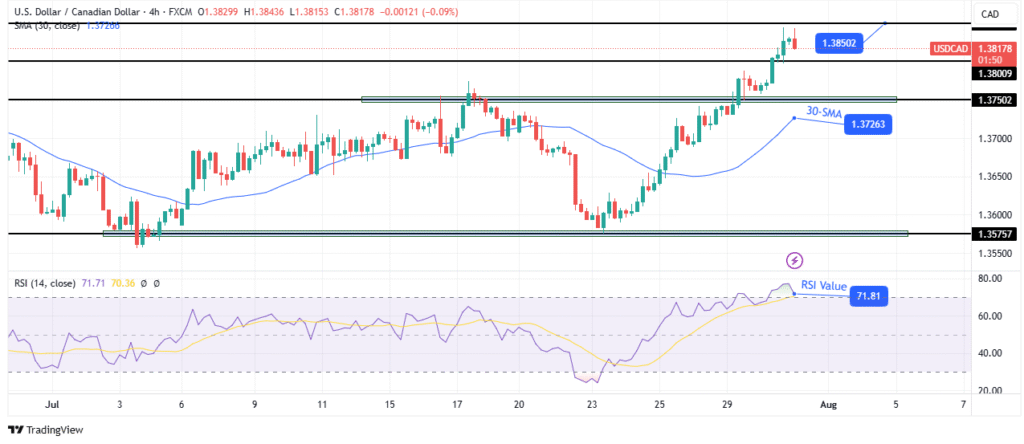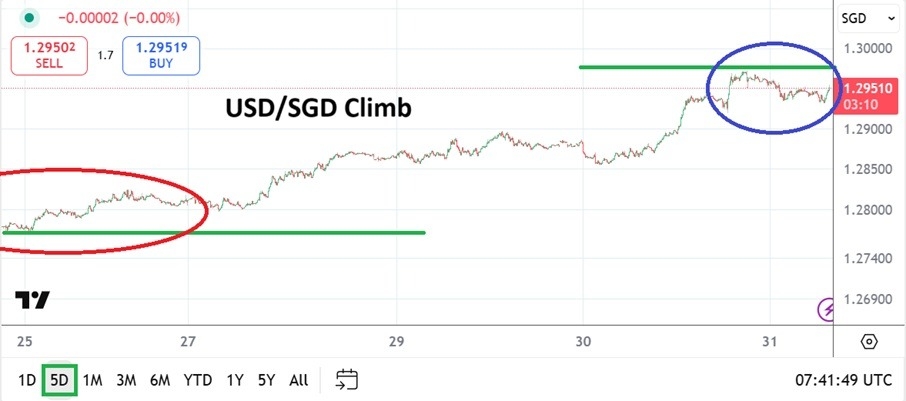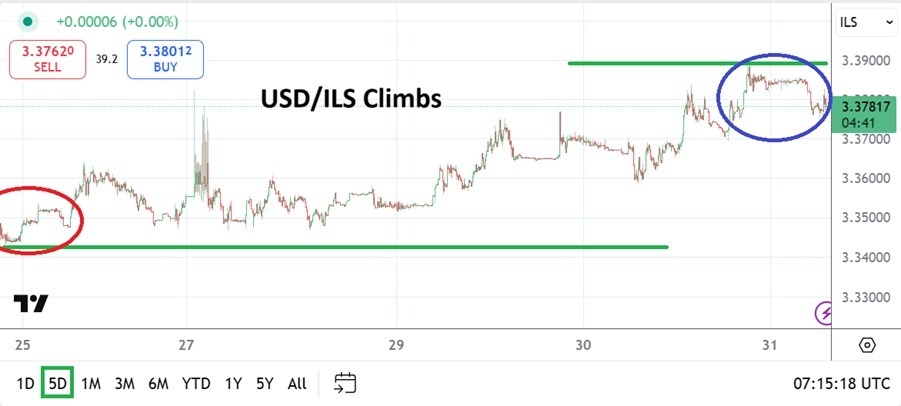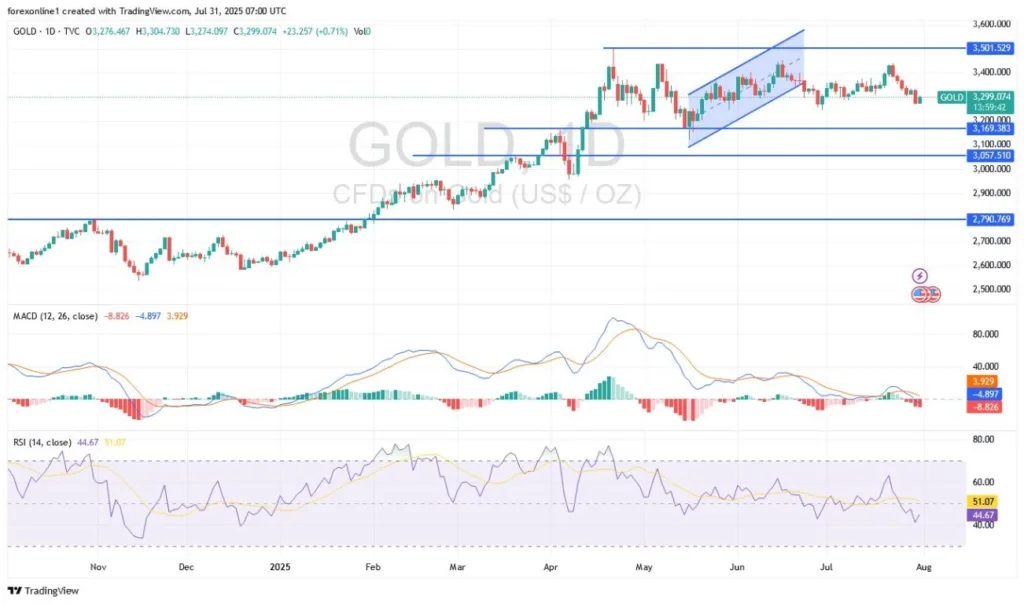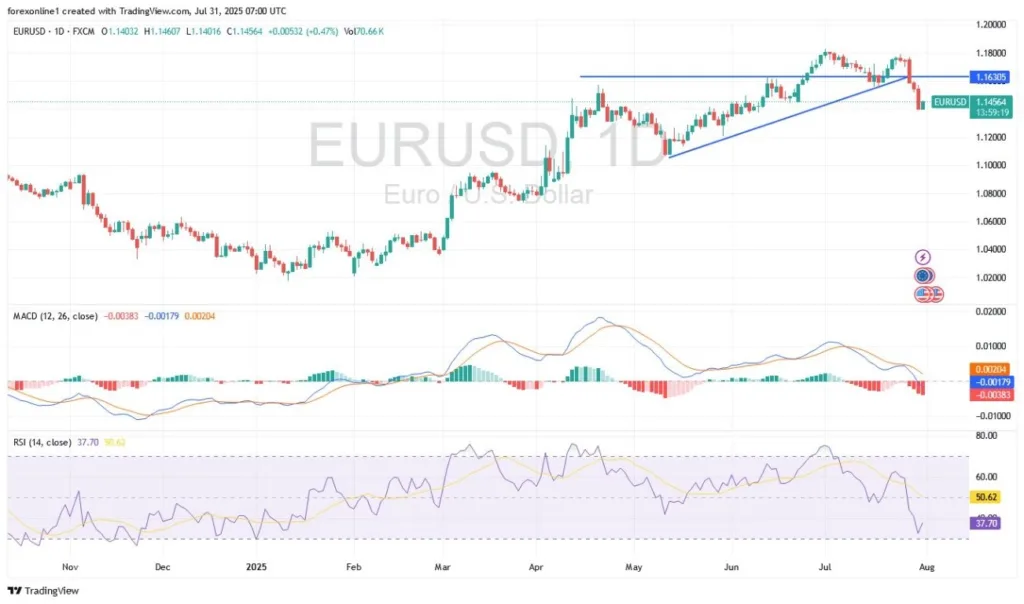The Federal Reserve on Wednesday left its key interest rate unchanged, a widely expected move that comes despite enormous pressure from the Trump administration to lower it.
The Fed, in a statement announcing the decision, said that economic growth had moderated in the first half of the year but that inflation remained “somewhat elevated.”
Two Federal Reserve officials, both appointed by President Donald Trump, dissented from the decision, something that has not occurred in more than three decades — a sign of both the economic uncertainty and the political pressure on the central bank.
During his press conference announcing the decision, Fed chair Jerome Powell said the economy was not behaving as if it’s being held back by the Fed’s current interest rate level, which helps set borrowing rates in the rest of the economy.
But he said there was still “a ways away from seeing where things settle down” with respect to Trump’s tariffs, something that has kept overall uncertainty elevated and necessitates higher rates.
The Fed, and particularly Powell, have been subject to an unprecedented public campaign by Trump and his allies to lower rates. Last week, the president made a rare visit to the Fed’s headquarters to view progress on a multibillion-dollar renovation effort that administration officials have used as a pretext for suggesting Powell should be removed for cause. Since that visit, talk of firing Powell has died down somewhat.
That could change with Wednesday’s decision.
Ahead of the announcement, traders had put the odds of the Fed maintaining the current rate of about 4.5% at a near certainty. The two dissents were also widely expected.
The question now is whether the Fed will cut at its next meeting in September.
“The next two months’ data will be pivotal and we see a path to a resumption of the Fed’s easing cycle in the autumn should tariff inflation prove more modest than expected or the labor market show signs of weakness,” Ashish Shah, a chief investment officer at Goldman Sachs, said in a note to clients after Wednesday’s decision was announced.
Trump has argued for lower rates in hopes of improving economic growth, arguing there is “no inflation,” while Fed officials have signaled that the president’s tariffs are putting price pressures back into the economy and thus require putting a lid on consumption and investment, in part by holding back on interest rate cuts.
Though the administration hailed a report Wednesday showing stronger than expected economic activity in the second quarter, buried in it was data showing a key measure of inflation for the first half of the year coming in at 3% — higher than last year’s rate of 2.8% and far beyond forecasts of 2.2%.
“I don’t think people appreciate just how much re-inflation we’ve had,” Jason Furman, Harvard economist and former deputy director of the National Economic Council under President Joe Biden, said Wednesday in a post on X.
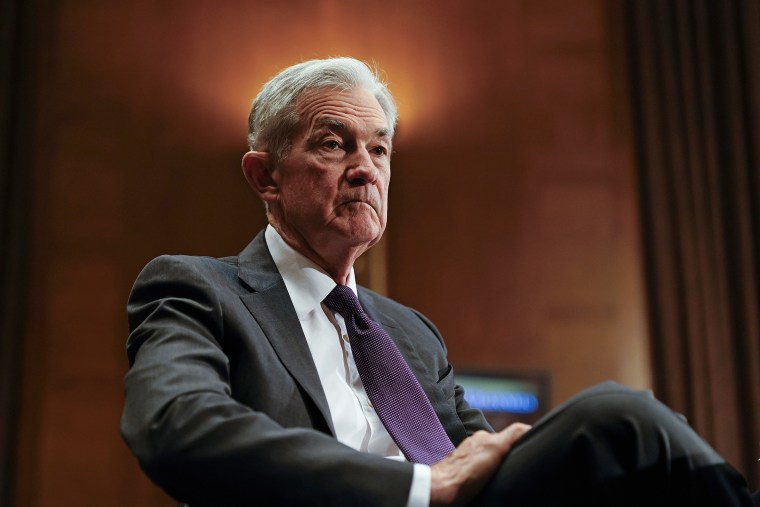
In its previous statement, the Fed said economic uncertainty had diminished — making Wednesday’s statement a notable change in its assessment of the roiling terrain Trump has created through his tariffs rollout.
One major consumer brand, Procter & Gamble, already signaled Tuesday it plans to increase prices in part to blunt the hit from tariffs.
The Fed has said Trump’s tariffs are making it difficult for it to lower rates, something that would otherwise be called for amid signs of slowing economic activity. Following the stronger than expected GDP report, traders dialed back the existing odds of a Fed cut in September, when it will hold its next meeting — though the chances for one still remain greater than even.
“This is not a catastrophic recession or inflation but it is a cause for serious concern — and a real quandary for the Fed,” Furman wrote of Wednesday’s GDP report.
In a note to clients Wednesday morning ahead of the Fed announcement, analysts with JPMorgan said GDP is now running at a rate of 1.25% and will likely slow to 0.75% in the back half of this year.”
“The Fed now knows that its preferred inflation measure is running a touch hotter than it had appeared yesterday,” they said.

